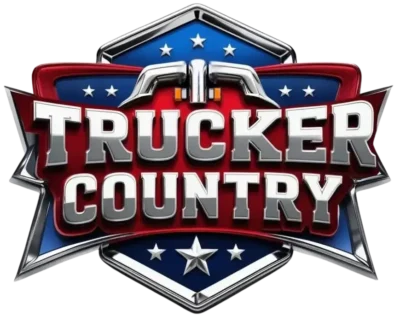This is CDL Hazardous Materials Test 5 in our original Classic Mode. Simply click in your answer to each CDL practice test question. When you're finished, check your score and results. You can reset the test and retake it as needed.
Start Test #5 Now
Take this same test in our other testing modes ...
